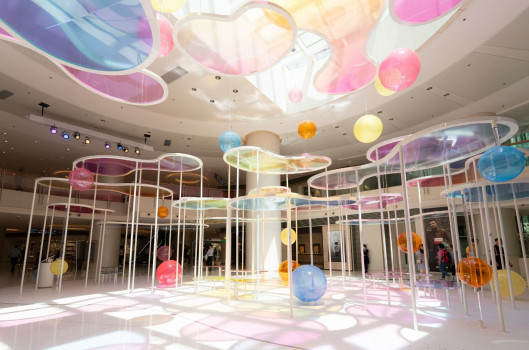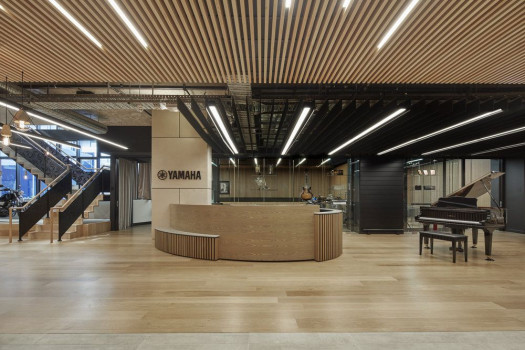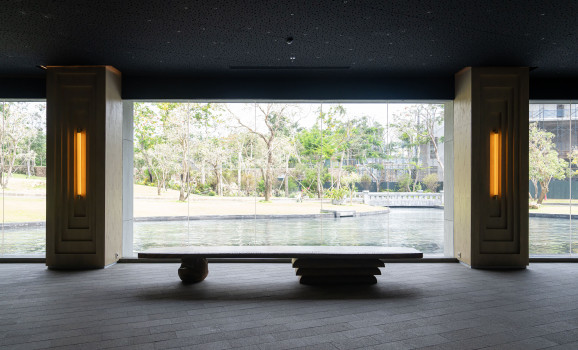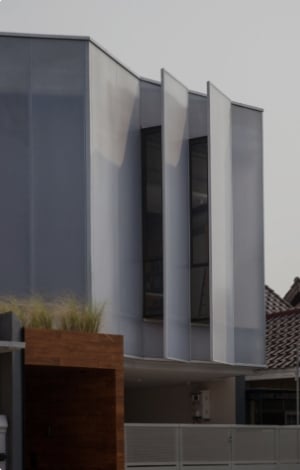Mangrove Tetrapods



In 2016, based on the function of tetrapods, a group of designers decided to marry the concepts of artificial and natural sea defences to create a hybrid structure that is equipped with a planted pot (hence the name TetraPOT). These hollowed structures, weighing a ton each, house mangrove seeds held in biodegradable pots that decompose within two to three months as the roots grow downwards to reach for water. When the sea level goes up, a certain amount of water will be collected in the recess part inside each pot. As such, the concrete exterior of TetraPOTs will protect the mangrove saplings as they grow—the maturing roots can grow out of their pots’ pre-drilled holes and intertwine to prevent soil erosion, offer water filtration and form a natural habitat. With much of the world’s mangrove forests under threat from greenhouse effect, the designers envisioned that this can strengthen the environment with a thriving ecosystem. They hope that by randomly distributing TetraPOTs along coastlines, it will create a stable and ‘deep-rooted’ defence of trees and fully grown root systems to keep the blocks in place, resulting in more eco-friendly methods of protecting shorelines.
Unlike common tetrapods, TetraPOTs require less material (concrete) as the space within is hollow, which results in less manufacturing processes and time. With the tree roots aiding the stability of the blocks’ positions, there is no need for maintenance either. To boost these advantages, there is an ongoing research about the structure’s design, together with studies on the growing habitat and life cycle of mangroves.
The designers also plan to conduct small-scale wave simulation experiments on TetraPOT, and consult different experts (e.g., civil engineers, architects, designers and botanists) to conduct detailed scientific research and analysis for improvements and feasibility. As such, a new and better manufacturing process could be defined to save more material, time and labour. By understanding the overall project cost and business model, the designers will be in a better position to cooperate with governments and companies for implementation. The pots are normally manufactured at the shores where they need be placed. Since the designers are based in Shanghai, China, they are currently working with the Shanghai municipal government to test TetraPOT on Chongming Island.
PROJECT DATA
Project Name
TetraPOT
Location
Coastal Areas
Status
Conceptual Design
Completion Date
Work in progress
Site Area
Taiwan or Shanghai as the first experiment starting point
Product Height
1.5 meters x 1.5 meters x 1.5 meters (length x width x height)
Client Owner
Sheng-Hung Lee; Wan Kee Lee
Principal Architects
Sheng-Hung Lee; Wan Kee Lee
Main Contractor
Sheng-Hung Lee; Wan Kee Lee
Mechanical & Electrical Engineer
Sheng-Hung Lee; Wan Kee Lee
Civil & Stuctural Engineer
Sheng-Hung Lee; Wan Kee Lee
Images/Photos
Sheng-Hung Lee; Wan Kee Lee









 Indonesia
Indonesia
 Australia
Australia
 New Zealand
New Zealand
 Philippines
Philippines
 Singapore
Singapore
 Malaysia
Malaysia







